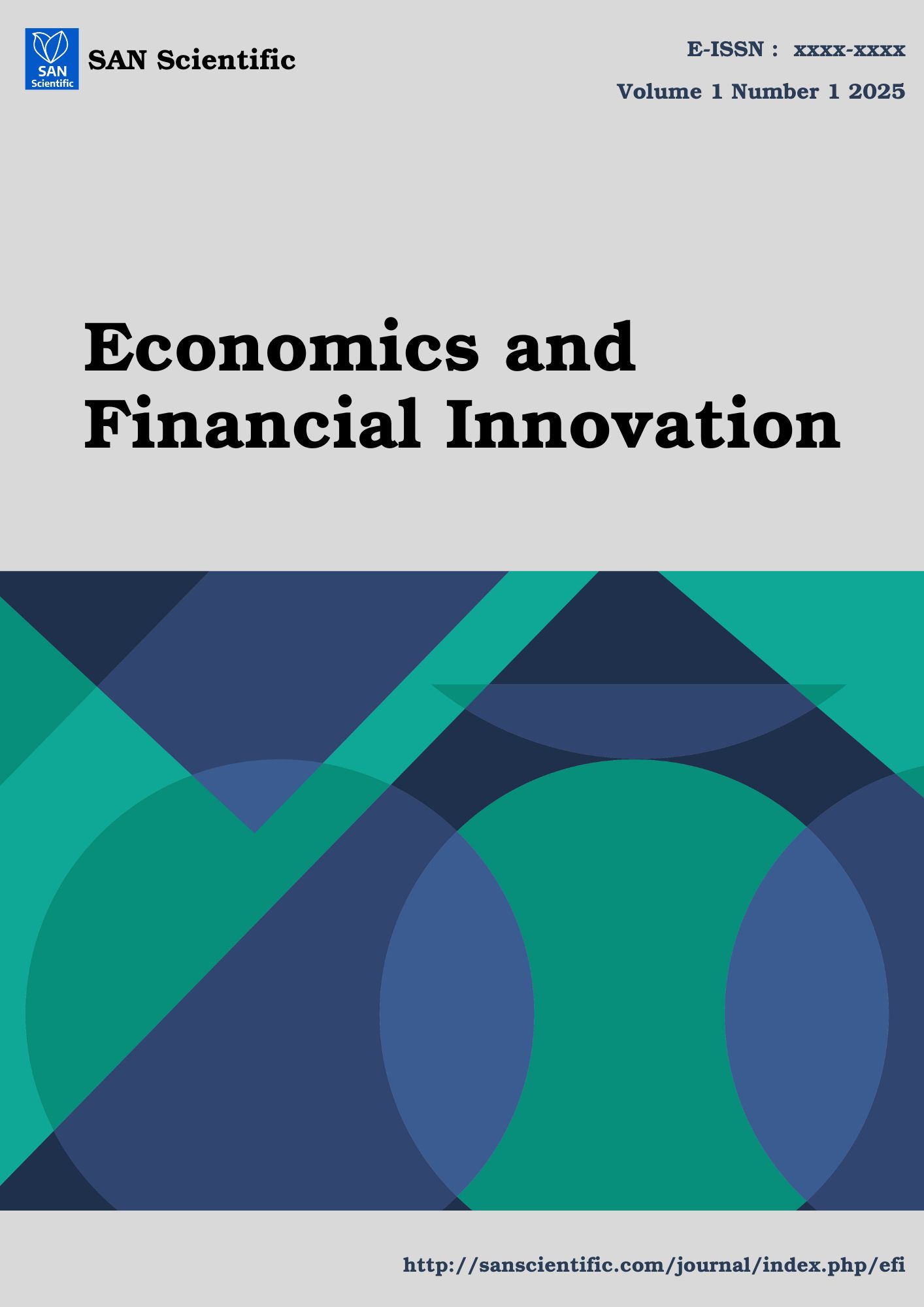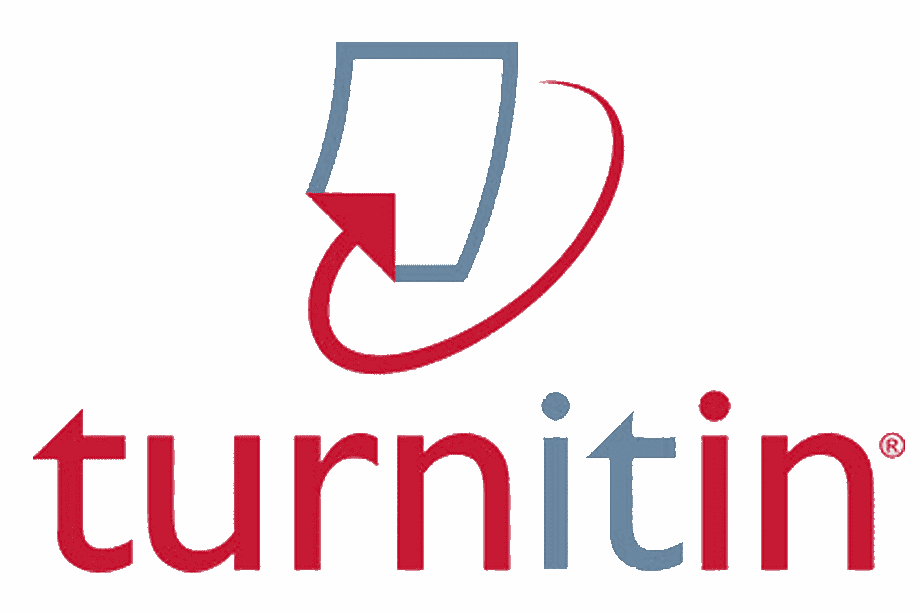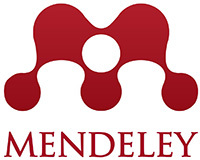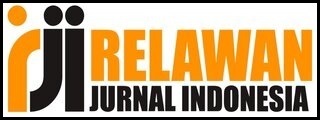The Role of Financial Structure and Ownership in Determining Accounting Conservatism: A Study on Leverage, Managerial Ownership, and Financial Distress Factors
DOI:
https://doi.org/10.58777/efi.v1i1.503Keywords:
Leverage, Managerial Ownership, Financial Distress, Accounting ConservatismAbstract
This study aims to explore the impact of leverage, managerial ownership, and financial distress on the decision to adopt accounting conservatism in manufacturing companies listed on the Indonesia Stock Exchange (IDX) during the period from 2013 to 2017. Leverage is assessed through the Debt-to-Equity Ratio (DER), managerial ownership is evaluated using the managerial ownership ratio (MOR), financial distress is measured by the Altman Z-score, and accounting conservatism is indicated by CONACCit. This research utilizes a quantitative approach and a purposive sampling technique, resulting in a sample of 20 companies, relying on secondary data sourced from financial reports available on the official IDX website. Data analysis is conducted using multiple linear regression. The findings reveal that leverage, managerial ownership, and financial distress significantly affect accounting conservatism. The managerial implications of these results highlight the necessity for management to maintain a prudent capital structure, promote managerial ownership to enhance accountability, and adopt accounting conservatism as a strategy for addressing financial risks and preserving stakeholder trust. From an Islamic perspective, the implementation of accounting conservatism aligns with the principle of prudence, which is essential for maintaining trust, ensuring transparency, and safeguarding the interests of all stakeholders involved.
References
Alhayati, F. (2013). Pengaruh tingkat hutang (leverage) dan tingkat kesulitan keuangan perusahaan terhadap konservatisme akuntansi. Jurnal Akuntansi, 1(1).
Apriani. (2015). Faktor-faktor yang mempengaruhi konservatisme akuntansi pada perusahaan manufaktur yang terdaftar di BEI (2008–2009).
Aristiyani, D. G. U., & Wirawati, I. G. P. (2013). Pengaruh debt to total assets, dividen payout ratio dan ukuran perusahaan pada konservatisme akuntansi perusahaan manufaktur di BEI. Jurnal Akuntansi Universitas Udayana, 3(3).
Astariani, D. (2014). Analisis faktor-faktor yang mempengaruhi pilihan perusahaan terhadap konservatisme akuntansi. [Skripsi S1, Universitas Pembangunan Nasional “Veteran”].
Bahaudin, A. A., & Wijayanti, P. (2011). Mekanisme corporate governance terhadap konservatisme akuntansi di Indonesia. Dinamika Sosial Ekonomi, 7(1).
Deviyanti, D. A. (2012). Analisis faktor-faktor yang mempengaruhi penerapan konservatisme dalam akuntansi: Studi pada perusahaan manufaktur yang terdaftar di Bursa Efek Indonesia. Repository Universitas Diponegoro.
Dewi, N. K. S. L., & Suryanawa, I. K. (2014). Pengaruh struktur kepemilikan manajerial, leverage, dan financial distress terhadap konservatisme akuntansi. E-Jurnal Akuntansi Udayana, 7(1).
Djumena, E. (2016). Gelombang PHK terus mengancam. Kompas Bisnis & Keuangan. http://bisniskeuangan.kompas.com
Dwijayanti, S., & Febrina, P. (2010). Penyebab, dampak, dan prediksi financial distress serta solusi untuk mengatasi financial distress. Jurnal Akuntansi Kontemporer, 2(2).
Harahap, S. S. (2011). Teori akuntansi (ed. revisi). Jakarta: Rajawali Pers.
Kusumawardani, I. (2012). Pengaruh corporate governance, struktur kepemilikan dan ukuran perusahaan terhadap manajemen laba. Jurnal Akuntansi dan Sistem Teknologi Informasi, 9, 41–54.
Noviantari, N. W., & Ratnadi, N. M. D. (2015). Pengaruh financial distress, ukuran perusahaan, dan leverage pada konservatisme akuntansi. E-Jurnal Akuntansi Universitas Udayana, 11(3).
Nugroho, D. A. (2012). Pengaruh struktur kepemilikan manajerial, debt covenant, tingkat kesulitan keuangan perusahaan, dan risiko litigasi terhadap konservatisme akuntansi. [Skripsi S1, Universitas Diponegoro].
Pramudita, N. (2012). Pengaruh tingkat kesulitan keuangan dan tingkat hutang terhadap konservatisme akuntansi pada perusahaan manufaktur di BEI. Jurnal Ilmiah Mahasiswa Akuntansi, 1(1).
Rahayu, S., Kusmuriyanto, Kiswanto, & Gunawan, D. I. (2018). Factors influencing the application of accounting conservatism in the company. In Proceedings of the International Conference on Economics, Business and Economic Education (ICE-BEES 2018) (pp. 180–197). https://doi.org/10.18502/kss.v3i10.3128
Ramadhoni, Y. (2014). Pengaruh tingkat kesulitan keuangan perusahaan, risiko litigasi, struktur kepemilikan manajerial dan debt covenant terhadap konservatisme akuntansi. Jurnal Online Mahasiswa, 1(2). https://doi.org/10.35141/jraj.v2i2.426
Sudana, I. M. (2009). Manajemen keuangan: Teori dan praktek. Surabaya: Airlangga University.
Yuliarti, D., & Yanto, H. (2017). The effects of leverage, firm size, managerial ownership, board commissioner size, and profitability on accounting conservatism.
Accounting Analysis Journal, 6(2), 173–184.
Downloads
Published
How to Cite
Issue
Section
Copyright (c) 2025 Abdullah Bahfen, Sovi Ismawati Rahayu

This work is licensed under a CC Attribution-ShareAlike 4.0
 Views: 3
|
Views: 3
|
 Downloaded: 0
Downloaded: 0









